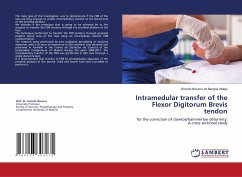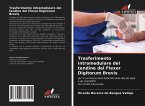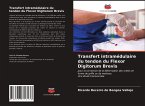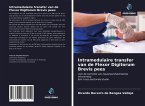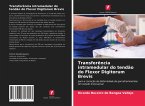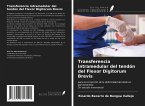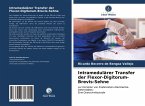The main goal of the investigation was to demonstrate if the FDB of the toes are long enough to enable intramedullary transfer to the dorsal area of the proximal phalanx. We describe if the technique that is going to be achieved let to the surgeon to transfer the FDB tendons through the proximal phalanx of the toes. The technique performed to transfer the FDB tendons through proximal phalanx dorsal area of the toes using an intramedular transfer FDB outlined below. The research were performed by two podiatrist specializing in anatomy dissection with a 20 years of experience in 642 cadaveric toes donated and preserved in formalin in the Centro de Donación de Cuerpos of the Universidad Complutense of Madrid during the years 2004-2017. The intramedullary transfer of the FDB was performed in 642 toes through a single dorsal incision. It is demonstrated that transfer of FDB by intramedullary approach of the proximal phalanx of the second, third and fourth foot toes is possible to perform it.
Bitte wählen Sie Ihr Anliegen aus.
Rechnungen
Retourenschein anfordern
Bestellstatus
Storno

